Dormancy is a word that’s thrown around every winter. In this article, we’ll dissect the subject of dormancy from the perspective of succulents. All the information comes from peer-reviewed, published manuscripts. Sources included at the bottom.
Jump to:
- What is Succulent Dormancy?
- Do other plants have dormancy periods as well?
- What Causes Succulent Dormancy?
- 1. Temperature Fluctuation
- 2. Photoperiod
- 3. Water Availability
- Can Dormancy be Artificially Induced or Avoided?
- What are the effects of Succulent Dormancy?
- Is Dormancy Necessary for Healthy Plant Growth?
- Is Dormancy Incremental / On a Spectrum?
- How to Care for a Dormant Succulent
- Light For Dormant Succulents
- Fertilizer for Dormant Succulents
- Water for Dormant Succulents
- List of Succulent Genera and their Dormancy Seasons
What is Succulent Dormancy?

In one sentence, the phenomenon can be explained as:
Dormancy is a temporary period of slowed growth.
What does dormancy look like for succulents? The vast majority of succulents come from arid regions (Sempervivum being a notable exception). Typical dormancy behavior in those places is not very striking. The plant might close up a little, but not much else. There aren’t many visual indicators of dormancy in succulents.
When are succulents dormant? Succulent dormancy is almost always during winter/summer.
Do other plants have dormancy periods as well?
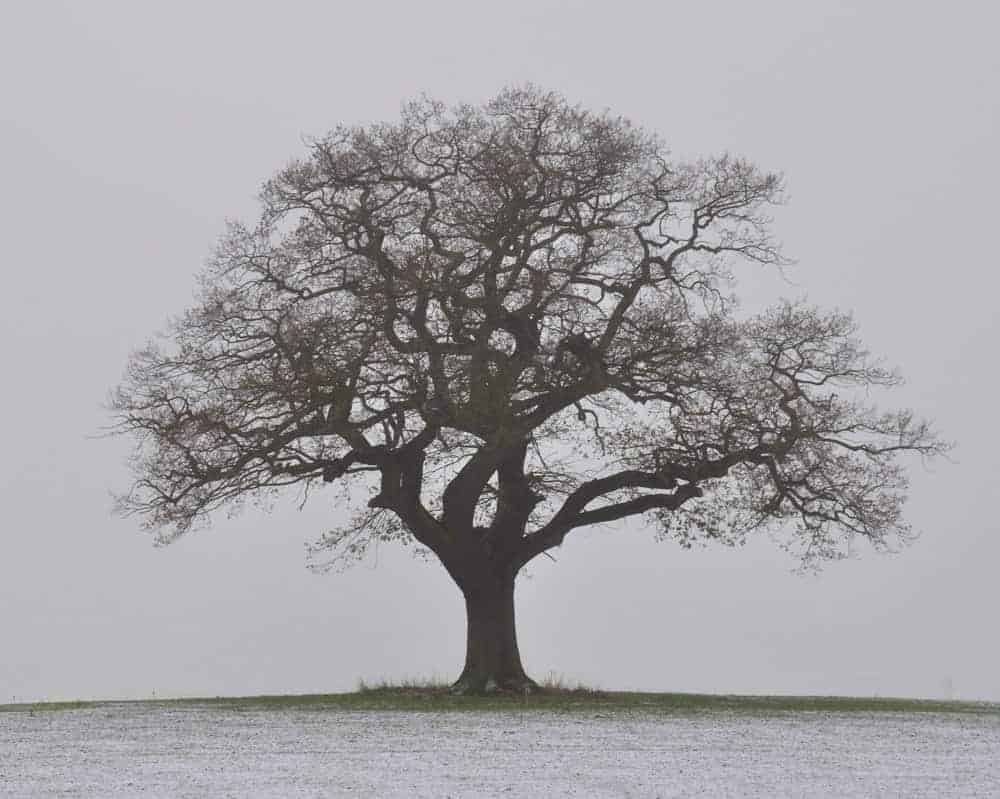
Yes, plants other than succulents have dormancy periods. In fact, dormancy is most commonly observed in temperate plants (which most succulents are not).
Every winter trees drop their leaves. Grasses and other herbaceous (which means “not woody”) plants either die off completely or die down to their roots.
Aaaand then they stay that way. Until spring! That’s a process most of us are intimately familiar with – it’s like the sun rising in the east and setting in the west. It’s a given.
But that’s a prime example of plant dormancy. Those plants are sitting out winter because it’s more trouble than it’s worth to keep growing during those harsh conditions. A plant would need special adaptations to prevent the cold from freezing all the water in its cells (like pine trees have).
What Causes Succulent Dormancy?

There are three factors that influence dormancy (in all plants).
1. Temperature Fluctuation
The obvious example here is when it starts to get cold and leaves begin to brown and fall off (which doesn’t really happen with succulents). However, higher temperatures can also be a signal that it’s time to go dormant.
This applies to xerophilic (arid-loving) plants specifically. They will go dormant during the extra-dry, extra-hot summer of a desert to conserve water.
2. Photoperiod
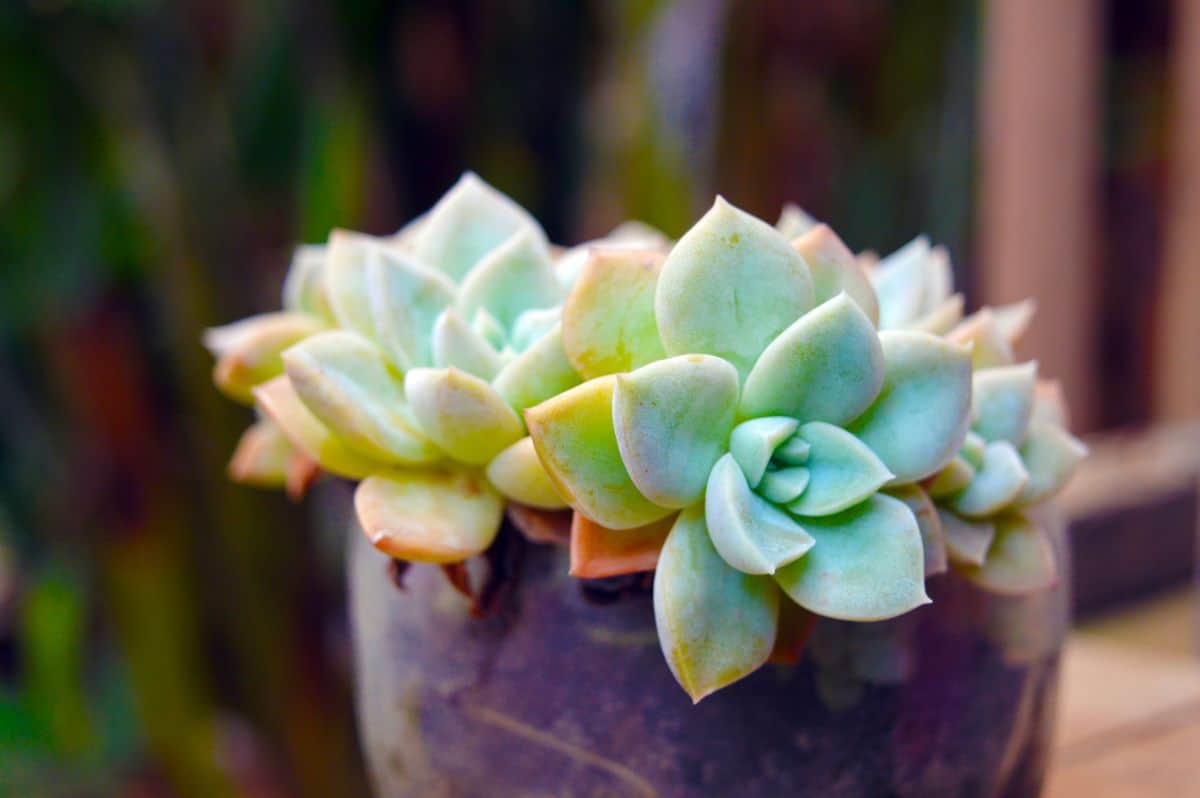
This just means light levels. How much light does a succulent get every day? A plant can actually track the differences in the amount of daylight over time. They even have a few different methods.
No products found.
One popular one is some plants produce a chemical only at night that accumulates slowly, but is rapidly consumed when the plant senses light. Depending on how long the night lasts (which is an indirect measurement of how long the day lasts) the chemical reaches a greater concentration.
Once it hits a specific threshold, other processes are triggered. That’s how they can coordinate things like every plant in a species flowering at the same time! Plants literally count how long a night is to figure out what season it is.
3. Water Availability
This should be fairly intuitive, especially for us succulent growers who are already familiar with the precise requirements of watering your succulents.
In many regions, annual rainfall is concentrated during two or three seasons. The weather tends to follow some broad patterns (or it did before climate change, anyway). Thousands of years of the same has given people and even plants a pretty good idea of what to expect as far as rain is concerned.
Even though succulents are like the camels of the plant world, there’s not much point in trying to eke out a living during the extreme conditions of high summer in a desert (or harsh winters, for that matter). So, instead, they just opt not to.
Of course, plants don’t measure water by annual rainfall. It’s usually either by ambient humidity, which affects the rates of evapotranspiration (water loss through “sweat”) or simply the amount of time since the last good drink.
Can Dormancy be Artificially Induced or Avoided?
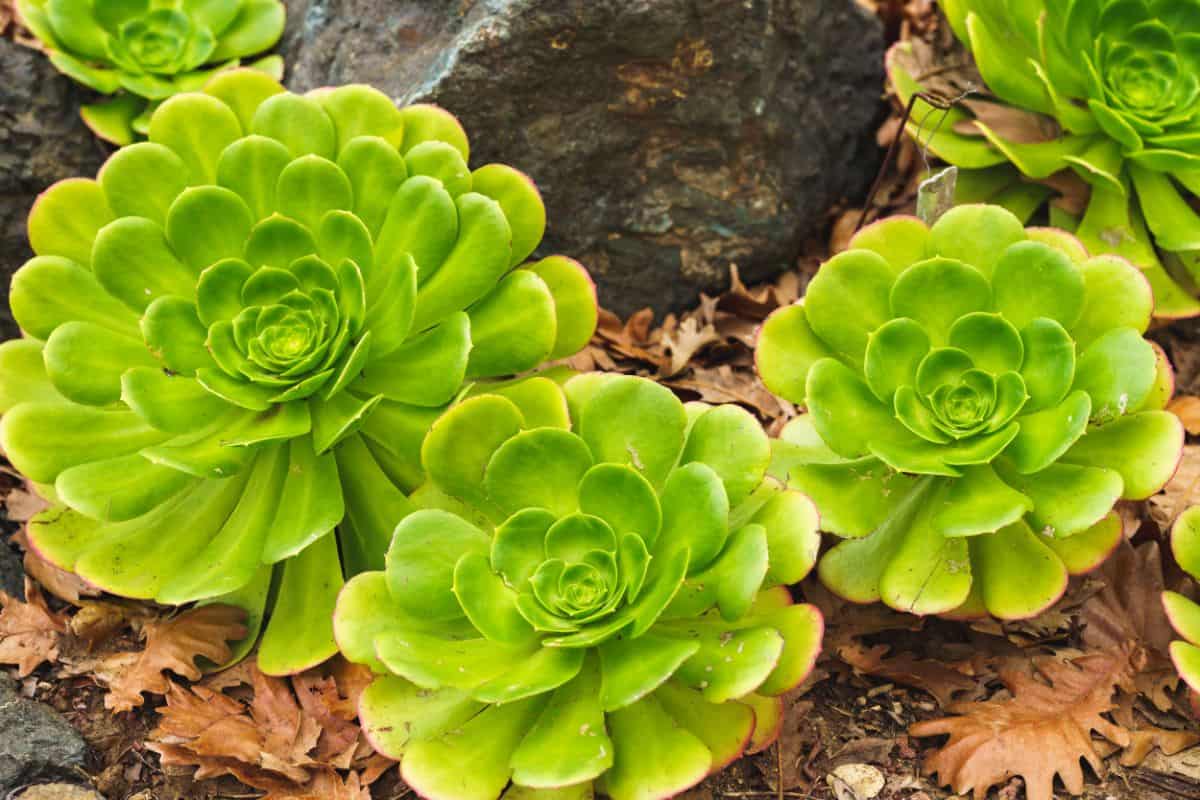
Absolutely.
Dormancy is simply a reaction to a combination of the above 3 primary factors. Turn down the heat and the light to convince a plant that it’s winter. A species that is winter dormant will slow down and, conversely, winter growers (which are usually dormant during the summer) will take off.
In fact, the simple act of keeping your succulents indoors is mitigating, or possibly negating entirely, the effects of dormancy. The temperature indoors doesn’t drop, not significantly anyway. Changes in watering schedules are optional.
The only thing that really changes is the light level – and that’s assuming the plant is on a windowsill and not under a grow light.
What are the effects of Succulent Dormancy?
So what are these plants actually doing when they’re “dormant”? Slacking off, probably.
Here are a couple of examples of things most plants go through when they’re dormant.
- The meristems (the spots where new growth originates from, like at the tip of a branch) are blocked from receiving growth-promoting signals from the plant. That means no new growth, or at least very little.
- A reduced rate of photosynthesis can be measured in fully dormant plants. Most metabolic processes slow down, including respiration. Water may be concentrated in the “succulent” part of the plants (usually the leaves or stem).
In addition to the physiological effects of dormancy, other behaviors are linked to the onset of dormancy.
A succulent-specific example: many kinds of barrel cactus will only flower after being exposed to colder temperatures and reduced light for a day or two. The beginning of dormancy means it’s time to reproduce, too. Growing those flowers will be one of their last acts for the season.
One thing that's not linked to dormancy is plant coloration. Succulents are highly prized for their bright, vivacious colors. Those colors are the result of sun stress. Even in the reduced light of winter, there should be enough direct light for succulents to maintain those colors. If your plants are fading to plain green, get them some more light!
Is Dormancy Necessary for Healthy Plant Growth?
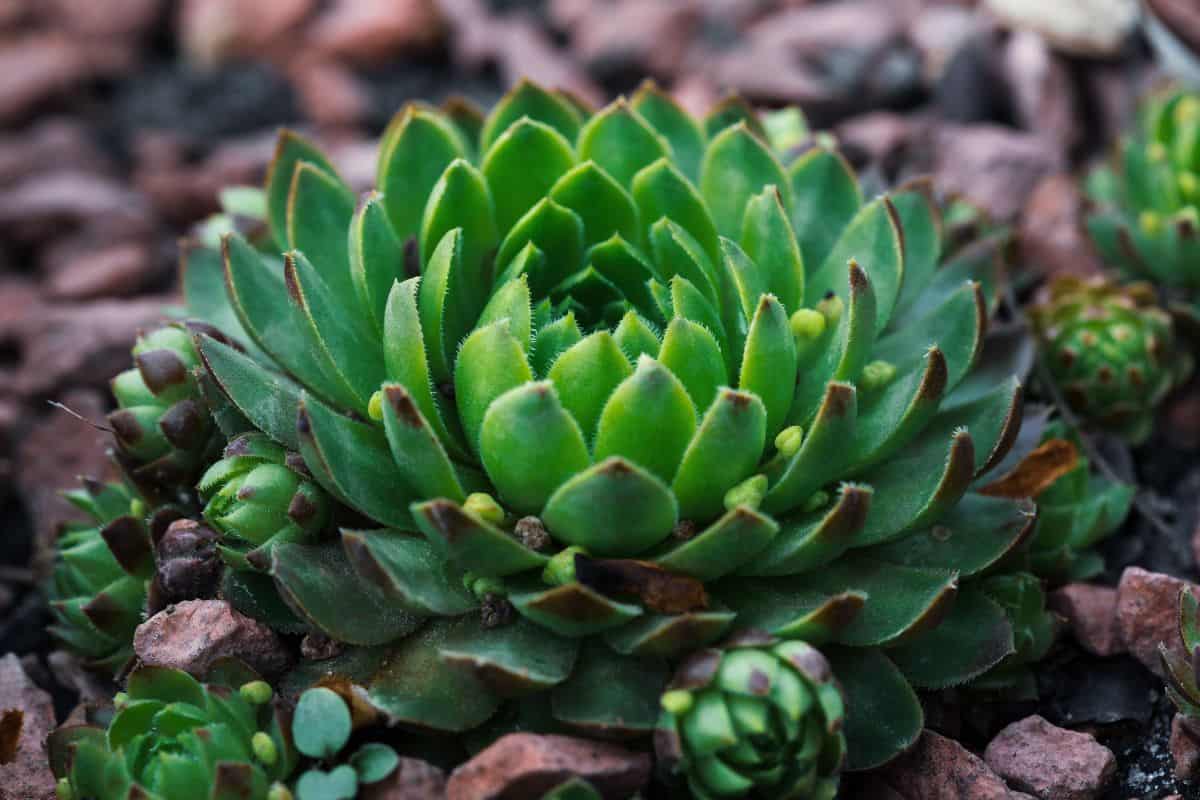
For some plants, yes, dormancy is an important part of their life cycle. Like in the example above, some plants won’t undergo sexual reproduction (flowering) without it. Some bulb plants, like lilies, will not grow back the next year if the bulb isn’t exposed to cold temperatures for a couple of months.
To go further, some seeds won’t germinate until they have been dormant for a period of time in chilly weather. Many woody plants require cold temperatures to harden their roots, which promotes healthy, robust, and stable root systems.
Most succulents are grown in commercial greenhouses in a perennially warm, sunny place (hello, California) or in a heated, lighted greenhouse elsewhere. Most of our home-grown propagations are in similar conditions. These indoor plants may have never been properly dormant their whole lives.
I posit that most plants, especially succulents or tropicals, will be satisfied to continue a growth cycle indefinitely without dormancy.
Is Dormancy Incremental / On a Spectrum?
A succulent that is dormant might grow a new leaf or some of those aerial roots. That doesn't mean that plant isn't dormant. Dormancy is a period of slowed growth, not the complete cessation of the creation of new cells. An organism would die pretty quickly without any kind of cellular maintenance.
It's not like any animal or plant really totally shuts down during a hibernation/dormancy/brumation/aestivation. There's still some metabolic processes occurring, which leaves open the possibility for a gradient of activity.
So: Can you make your succulent just a little bit dormant? Yeah.
Is there a reason to? Not unless it's necessary for flowering or something.
How to Care for a Dormant Succulent
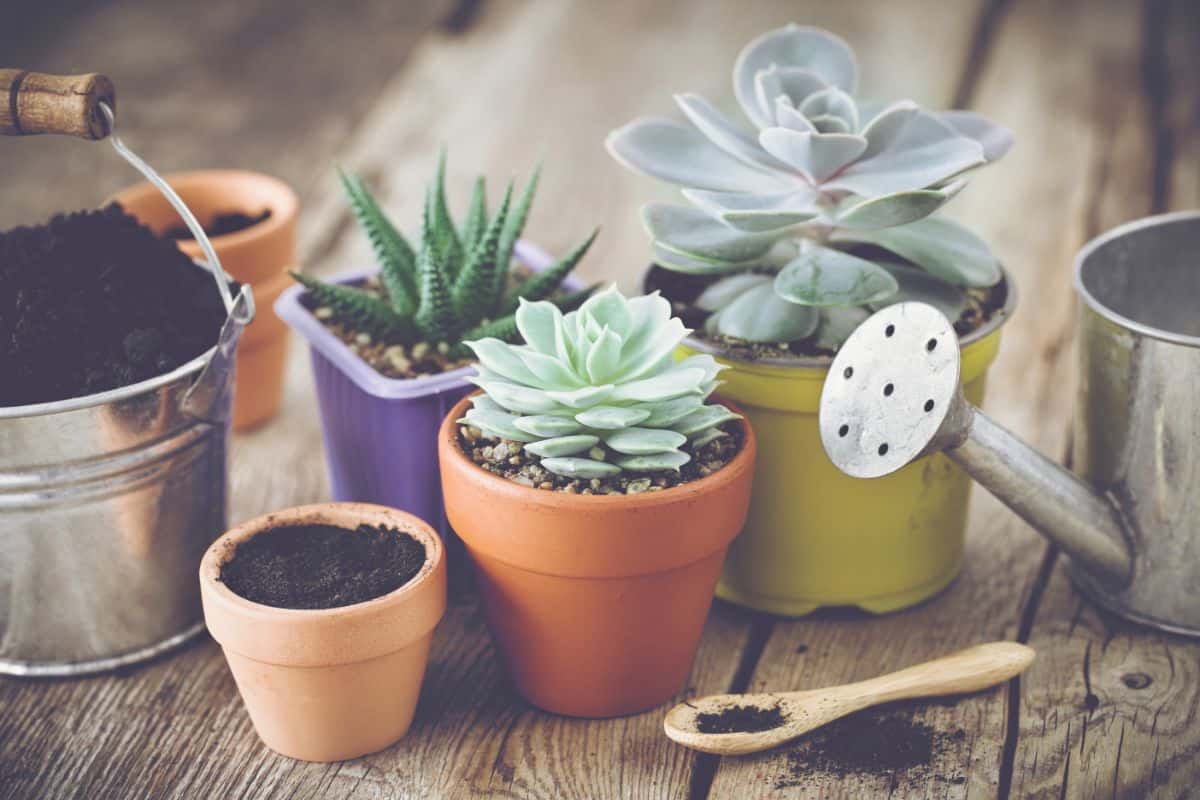
Dormant plants are not actively growing. They need less of everything, but they still need a little.
Light For Dormant Succulents
This is the thing that should change the least.
Succulents still want plenty of light, even in their dormant state. If the average amount of light a succulent should receive is about 12 hours a day (and it is), it can be reduced to 10 or even 8 hours.
Fertilizer for Dormant Succulents
Don't.
Seriously, don't.
Water for Dormant Succulents
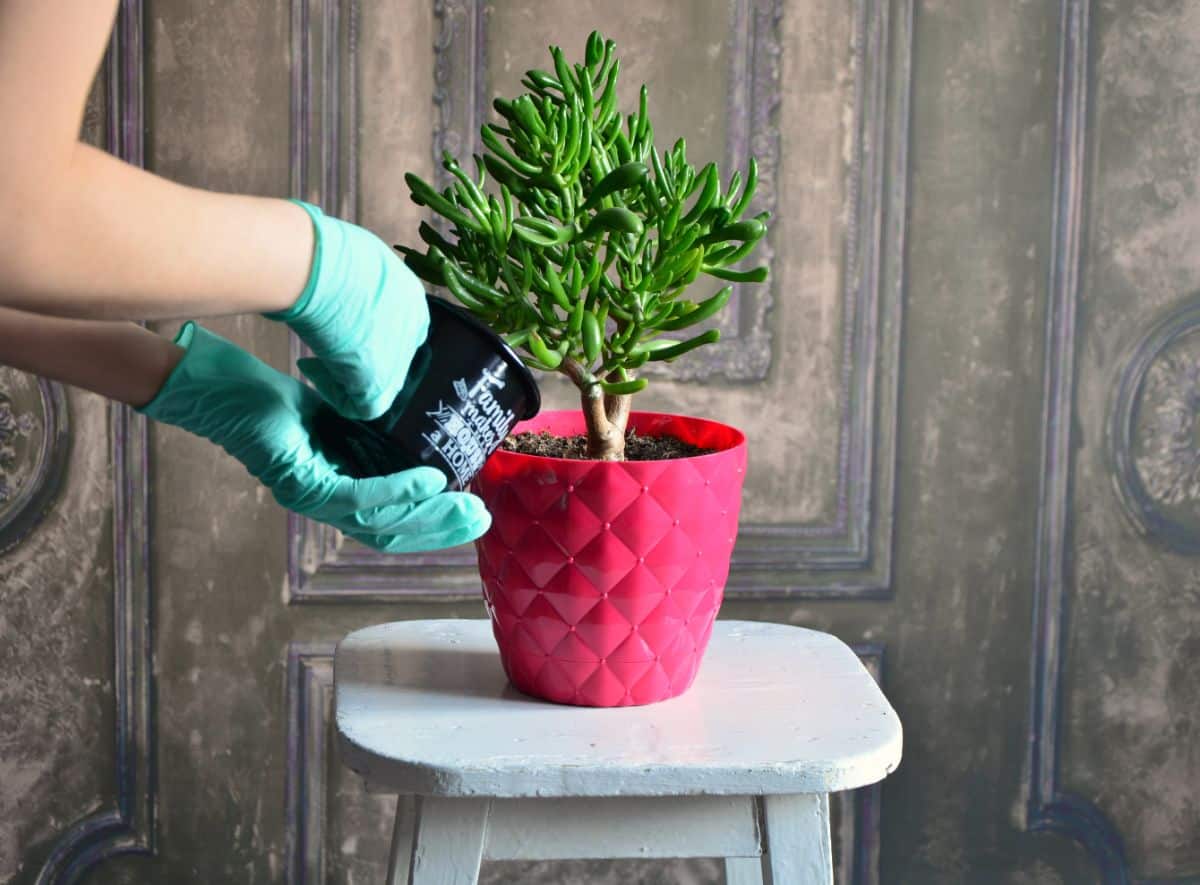
This is the big one. When a succulent is dormant, it needs significantly less water. Overwatering is a common problem for new succulent owners, and dormancy exacerbates the issue.
The rule of thumb I use is to water succulents half as often as you normally do during their dormancy season. As with any change in care, closely monitor their health for changes.
List of Succulent Genera and their Dormancy Seasons
Use this as a reference, but not an absolute guide. Individual species may have different dormant seasons than the rest of their genus (although genus-level dormancy is a good place to start).
[table id=7 /]
Sources Used :
- Rolf Borchert, Guillermo Rivera; Photoperiodic control of seasonal development and dormancy in tropical stem-succulent trees, Tree Physiology, Volume 21, Issue 4, 1 March 2001, Pages 213–221, https://doi.org/10.1093/treephys/21.4.213
- Shefferson, R. P., Kull, T. and Tali, K. (2005), ADULT WHOLE‐PLANT DORMANCY INDUCED BY STRESS IN LONG‐LIVED ORCHIDS. Ecology, 86: 3099-3104. doi:10.1890/05-0586
- Viémont J.-D, and Crabbé J. Dormancy in Plants: from Whole Plant Behaviour to Cellular Control. CABI Pub., 2007.
- Antje Rohde, Rishikesh P. Bhalerao, Plant dormancy in the perennial context, Trends in Plant Science, Volume 12, Issue 5, 2007,Pages 217-223,ISSN 1360-1385, https://doi.org/10.1016/j.tplants.2007.03.012.
- https://www.researchgate.net/post/what_happens_when_plants_dont_go_dormant
- https://en.wikipedia.org/wiki/Dormancy#Plants


Steve
Your article on dormancy is bloody EXCELLENT
Thank you
Steve
Succulent lover in Bristol UK
Don't worry I'm already subscribed 🙂
Patrick Grubbs
I appreciate the support, Steve! Let me know if there's any other topics you'd like me to cover!!
Laura
Is repotting during dormancy a bad idea?
Patrick Grubbs
Great question!
It's not inherently bad, but it's not an ideal time to repot. Best practice is to water immediately after repotting to encourage new root growth for anchorage, but the plant will only be growing roots very slowly during dormancy. Furthermore, the root hairs will inevitably be damaged during repotting and they'll take a while to regenerate during dormancy - limiting water and food uptake. Then again... the succulent doesn't need them that much during dormancy anyway.
All in all, I'd say avoid it unless there's a pressing reason to repot.
Wiliam de Souza Santana
Congratulations for this amazing job, from Brazil!
Patrick Grubbs
obrigado!
Cindy
Can you talk about : when succulents don't go into dormancy or are not habitually able to because it kept watered
A friend has a frizzle sizzle And kept watering through summer and now has grown sideways. Is it near death? Looks good still just sideways now. Could it still be savedo?
Patrick Grubbs
That's an interesting question, Cindy. I think that dormancy is a combination of all those factors (temperature, light, water) and that just changing one probably isn't enough to induce a full dormancy.
So I doubt that's what's happening with your friend's Albuca spiralis. Water doesn't usually affect growth in that way. It's more likely that it was only getting strong sun from one side, or it became top heavy.
Lyn
This is tremendously informative and helpful! Bookmarking this page!
Patrick Grubbs
Glad to be of help 🙂
Megan Spradling
I went 6 months in between waterings my lithops when it was dormant. I was going thru major water withdrawal after the first couple months but the willpower is strong in me apparently lol. I just watched for signs that it needed water and about 6 months later I saw it starting to wrinkle in top and have never been so happy to water a plant in my life. Seriously dormancy isn't anything you are exposed to learning about as a new plant owner. It was many months and I believe I didn't read a thing about dormancy until I got my first lithops and began researching care some 10 to 12 months after my plant obsession got started. I think had I found this or any article sooner I could of not killed a few plants a long the way by caring for them too much when they were in dormant season. Even after years of plant care and learning, this article still taught me a number of things and I love that. It's an excellent article and has me contemplating dormancy necessity in my plants and setting the seasons up more naturally. Question though...I use grow lights all winter but I leave my plants in my guest room turned plant room with the window open to simulate winter temps. I leave my lights on from about 8 am to 7 pm. Am I giving too much light? Or will that make a difference really? I try to turn lights off when it gets dark out so they have the long nights for their business. Thank you